Brought to you in collaboration with Reencle. We only partner with brands that reflect our values and standards, ensuring content that benefits you.
Editor’s Note: Reencle is currently having a $70 off Holiday Sale! Don’t miss out!
We’ve all been there when the trash is overflowing from your week’s worth of food. There comes a time when we wrap it up and throw it out, never seeing it again. Out of sight, out of mind might be a mantra, but when it comes to food waste, the trash bags of food are out of sight affecting our planet. In the U.S., around 80 million tons of food end up in landfills each year. Food is fuel for both our bodies and the Earth (when disposed of properly). Because of this, composting food waste is a way to recycle the food we consume to give back to the planet.
Being environmentally conscious comes with a price tag and can often be lengthy. Composting is an environmentally friendly method that converts organic matter into nutrient-rich soil, and food can be combined in this. Composting is often a complicated, time-consuming process, but with new composters on the market, time and food waste are being cut in half — and doing the work for us. I’ve been on the hunt for an efficient and convenient composter. Four brands, Mill, Lomi, Vitamix, and Reencle are reinventing how food waste is used, but which one is worth the money? Let’s find out!
1. Mechanics (how they work)
Typical composters and food recyclers take on similar mechanics to curating nutrient-rich soil from food waste, but without all the manual labor. The Mill Kitchen Bin collects over all your food waste — sometimes for weeks at a time, dries it, and shrinks and grinds it into grounds. It’s like a trash bin, but without the stench and harmful trash bag. The Mill Kitchen Bin has a corresponding app that can track how much longer is left in the grinding cycle, schedule a food grounds pick-up, and contains a food library of what can and cannot go in the bin.
The Vitamix FoodCycler FC-50 and Lomi take on a similar approach. To use the FoodCycler, you just add food waste, click start, and the machine gets to work drying and grinding the food scraps into a recycled food compound. It features a carbon filter lid to eliminate odors. The Lomi Classic heats the food waste and grinds it down. During the cycle, the sensors measure and control the moisture content and temperature inside while providing a consistent flow of oxygen.
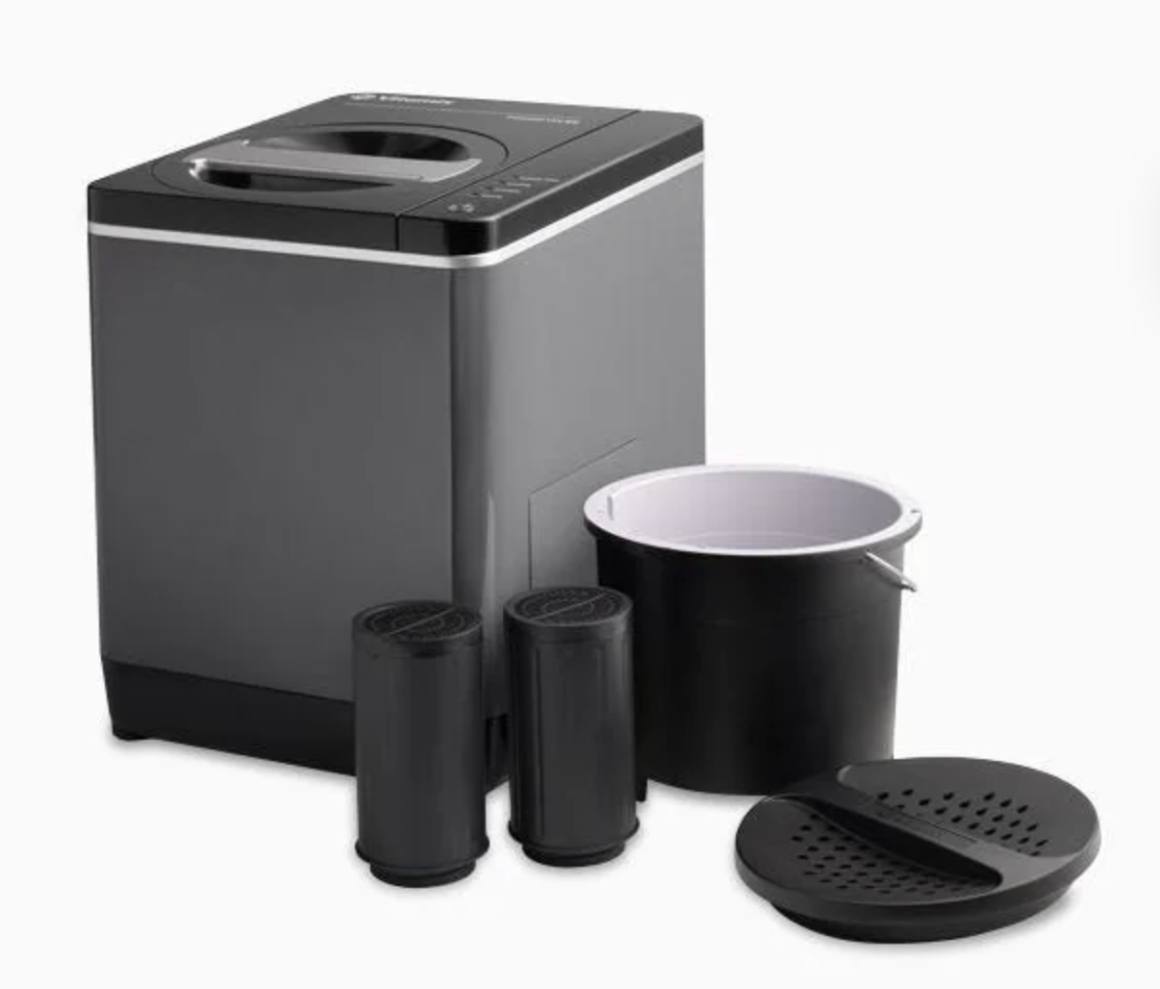
The Reencle Prime mechanics take on a more human-like digestive system approach. The food waste is chopped with mixing rods and then digested fully by the presence of microorganisms in Reencle’s compost starter, turning it into compost. The compost starter has activated carbon, glucose, bacillus, and wood pellets. The Reencle Prime has two filters, a mesh one and an activated carbon filter, to mask the odor from the organic matter. It operates at a sound level of less than 28dB, making it quieter than a library during peak study season.
2. End Result (compost quality)
Compost is more than just dehydrated food grounds. It has to be nutrient-rich, typically from microorganisms, and can act as soil. So, these were the specific qualities I was looking for when comparing the final results. Mill dehydrates your food waste, creating food grounds. Food grounds are useful as feed for animals, specifically chickens. If you don’t have chickens lying around like me, you can send the food grounds to Mill via the home pickup option on the Mill app. This is convenient and makes sure no food is going to waste. The food grounds can also be used as compost for your garden, but you need to add water first and monitor the amount you use based on garden size and weather. I found Mill’s results not to be effective for me as I don’t have backyard animals to feed them to. The app function is accessible, but I want to feel as if I am a part of the recycling process, seeing the impact of composting in my own backyard.
Similarly, the Vitamix FoodCycler FC-50 and Lomi create fertilizer from the food waste that enriches soil. This is an easy, effective way to improve the foundation you have already created in your garden. The FoodCycler FC-50 result is advertised as a plant-ready recycled food compound, but I found the effectiveness can be impacted by the food you compost. For instance, the presence of bones in the fertilizer provides added nutrients for plant growth, but the FoodCycler FC-50 advises not to add bones into the cycle. The same goes for Lomi. The use of bones might damage the grinder.
Lomi devices go further than typical dehydrated food ground, however, bringing the final result closer to actual compost, but isn’t quite there. Lomi devices reduce the volume of food waste by up to 50%.
The device that made me feel like a gardener without the natural gift of a green thumb is the Reencle Prime. Contrary to the others, the final result is compost filled with microbes — it is more than a dehydration machine. It fully digests the kitchen scraps. The Reencle composter’s microbe, Bacillus, makes the final result a long-lasting, bacteria-resistant compost or nutrient-rich soil that is ready to use. From food waste to compost, the volume is decreased by 80-90%. Reencle Prime makes gardening easy and does all the work for me.
3. The time it takes to use
The Mill works when you go to sleep, which can be between 6-10 hours. Foods with more moisture tend to take longer because the Mill Kitchen Bin has to dehydrate the food. You can also schedule a cycle rather than relying on it to run overnight.
The Vitamix FoodCycler FC-50 runs anywhere between 3-8 hours per cycle, but typically on the higher side. Lomi Classic features three different modes: Eco Express, Grow, and Lomi Approved mode. Eco Express takes 3-8 hours to shrink the food waste, but the final result is not nutrient-rich enough to act as soil on its own. However, you can add it to compost or green bin. Grow mode takes 12-20 hours, resulting in a nutrient-rich fertilizer that can be added to soil. The last method, Lomi Approved, is for scraps of bioplastics. This mode takes 8-12 hours to shrink Lomi-approved products or bioplastics into pre-compost that can be added to your green bin.
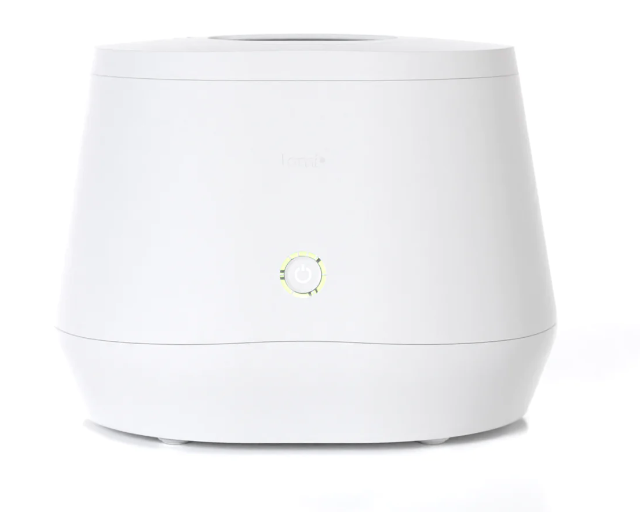
Reencle Prime can take up to 12 hours to fully turn into compost and it’s best to let it mature for around five days after. Typical compost can take up to a year to be fully ready, so Reencle is creating ready-to-use compost in a fraction of the time. All of these devices will vary in time depending on what food you’re adding to the device and the size of the device.
4. Specifications
The biggest of the products is the Mill Kitchen Bin. As it’s representative of a regular trash bin, the size is rather tall at 26.8 inches. However, this allows for greater capacity for food waste and stores it longer. But if you’re anything like me, you want a minimalist kitchen so a bin might be too bulky.

Reencle Prime is a step under from the Mill Kitchen Bin. It stands 18 inches tall, which allows you to either put it on the kitchen counter or on the floor out of the way. It has enough space to put a lot of food waste without having it sit for weeks at a time as you wait to fill it up.
The smallest of the devices, Lomi Classic, is around 12 inches tall, making it a good fit for the counter. The Vitamix FoodCycler FC-50 is slightly bigger than the Lomi and is reminiscent of a toaster. It’s compact and easy to store, but the smaller the size, the more limitations there are of what can go in.
5. Product Cost
High cost isn’t a deal breaker when it comes to an environmentally-friendly purchase, but it rather has to be worth the amount of money. Mill does not offer a straight purchase plan, instead, your purchase is on a subscription basis. Mill offers two options: An annual plan for $396 which averages out to $33 a month, or you can get a monthly plan for $45 a month. The monthly plan adds up to $540 total for the first year.
Lomi Classicand Vitamix FoodCycler FC-50 are cheaper at a price of $399. Important to note that the Lomi price is subject to a subscription. The subscription rate is $60 every three months, starting three months after the purchase date. Without a subscription, you pay $499 $429 upfront, which comes with a starter supply of LomiPods and
filters. Additional LomiPods are available for purchase starting at $30 for a 45-pack. Reencle Prime is priced at $499 $429, plus with a one-year warranty for hardware repair, a shovel, two free filters, and microbes. Microbes from year 2 can be purchased for $65 a bag. Reencle seems to be the most bang for my buck.
Mill, Lomi, and Reencle offer a 30-day trial period. If you don’t approve of the product, you can send it back and get your money back. This takes a weight off the shoulders of us composting newbies who are just trying to scope out the best product.
6. Product Efficiency
Composting comes with a lot of nooks and crannies from the amount of moisture to nutrients available for the soil, but with the help of these composters, it makes me feel like the gardener I always wished I was. For me, Reencle is the most efficient and reasonable of the composters. It’s the quietest, most versatile size, odor-masking, and most importantly, makes actual compost. Though the price might be higher than the Vitamix FoodCycler FC-50 and specific payment plans for the Mill Kitchen Bin and Lomi Classic, it’s worth every penny because compared to the other composters, it has the most benefits and you are paying a fraction of the price for what you normally would for true, authentic microorganisms that elevate your soil.
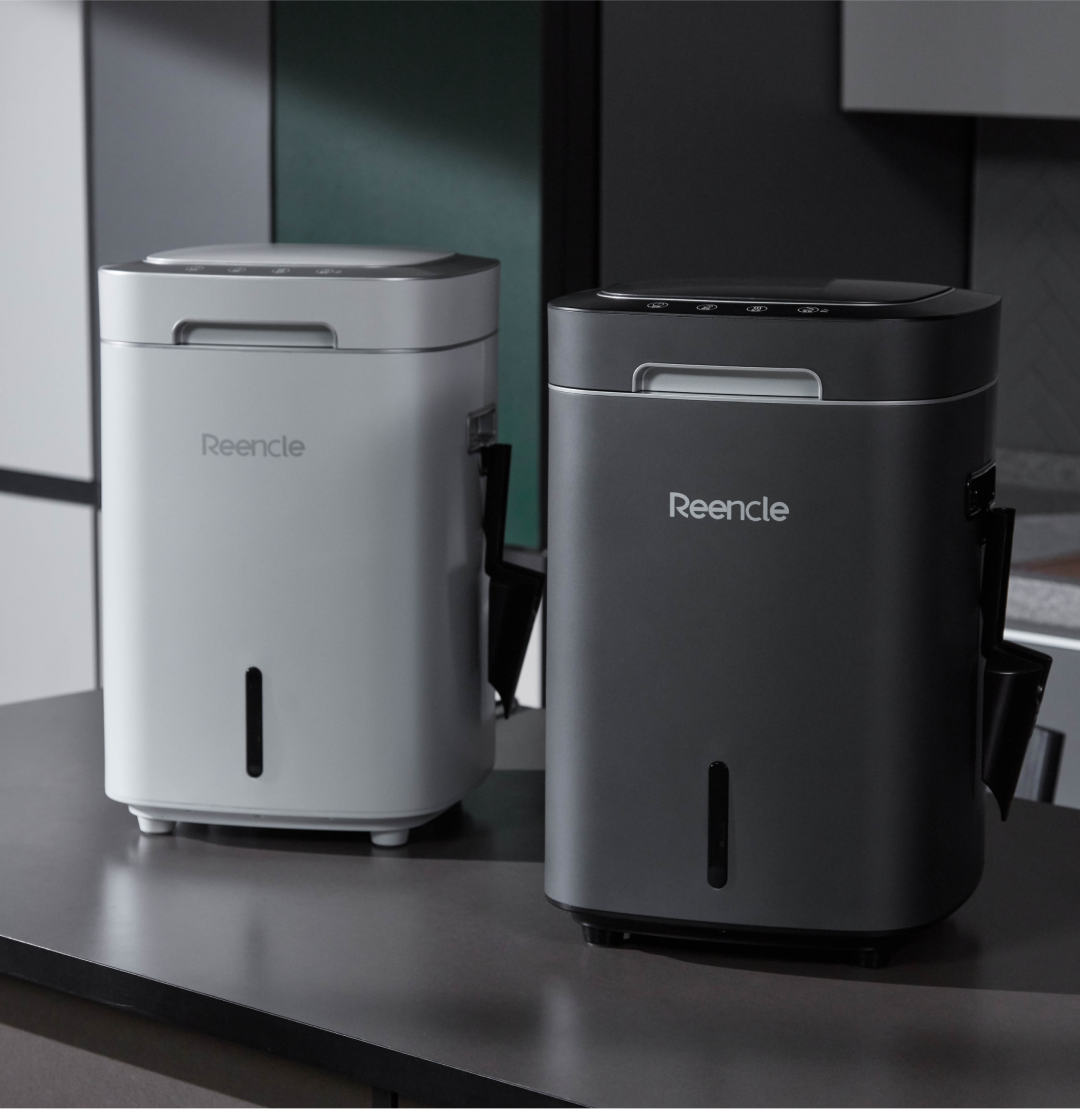
Final Verdict

When it comes to the main qualities I’m looking for in a composter that limits my waste — easy to use, nutrient-rich final product, efficiency, space-saving, and cost-effective — Reencle checks all the boxes. The end compost consists of Bacillus, a microbe that aids in the full digestion of kitchen scraps, setting apart Reencle from other composters as it’s more than a dehydration machine. It also happened to be the quietest composter of the 4, which makes this a machine that allows you to go on with your day-to-day life without disruption. Reencle‘s medium size allows you to store it in a pantry or on the counter — it completely adapts to your needs. Currently at a price of $499 $429, Reencle is cost-effective with its added benefits of 1-year warranty, filters, and microbes. Reencle is an environmentally-conscious composter that creates nutrient-rich soil in a fraction of the time of typical compost and in the comfort of your own home.

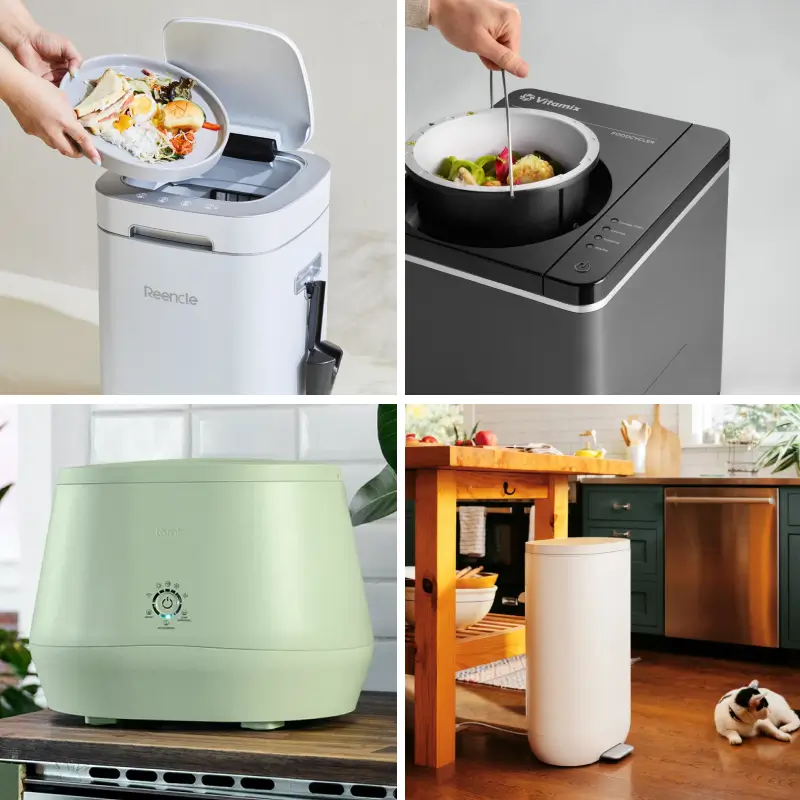
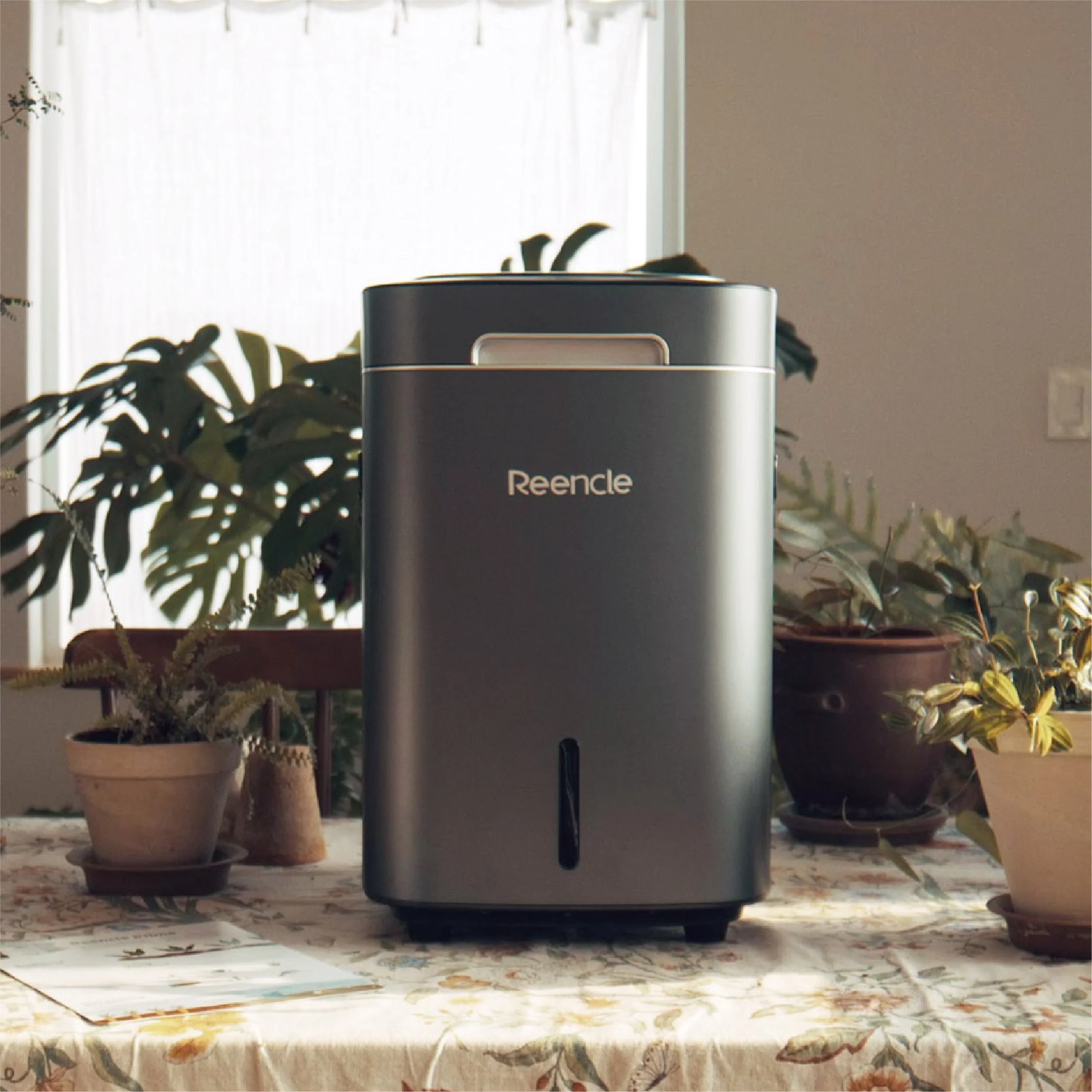
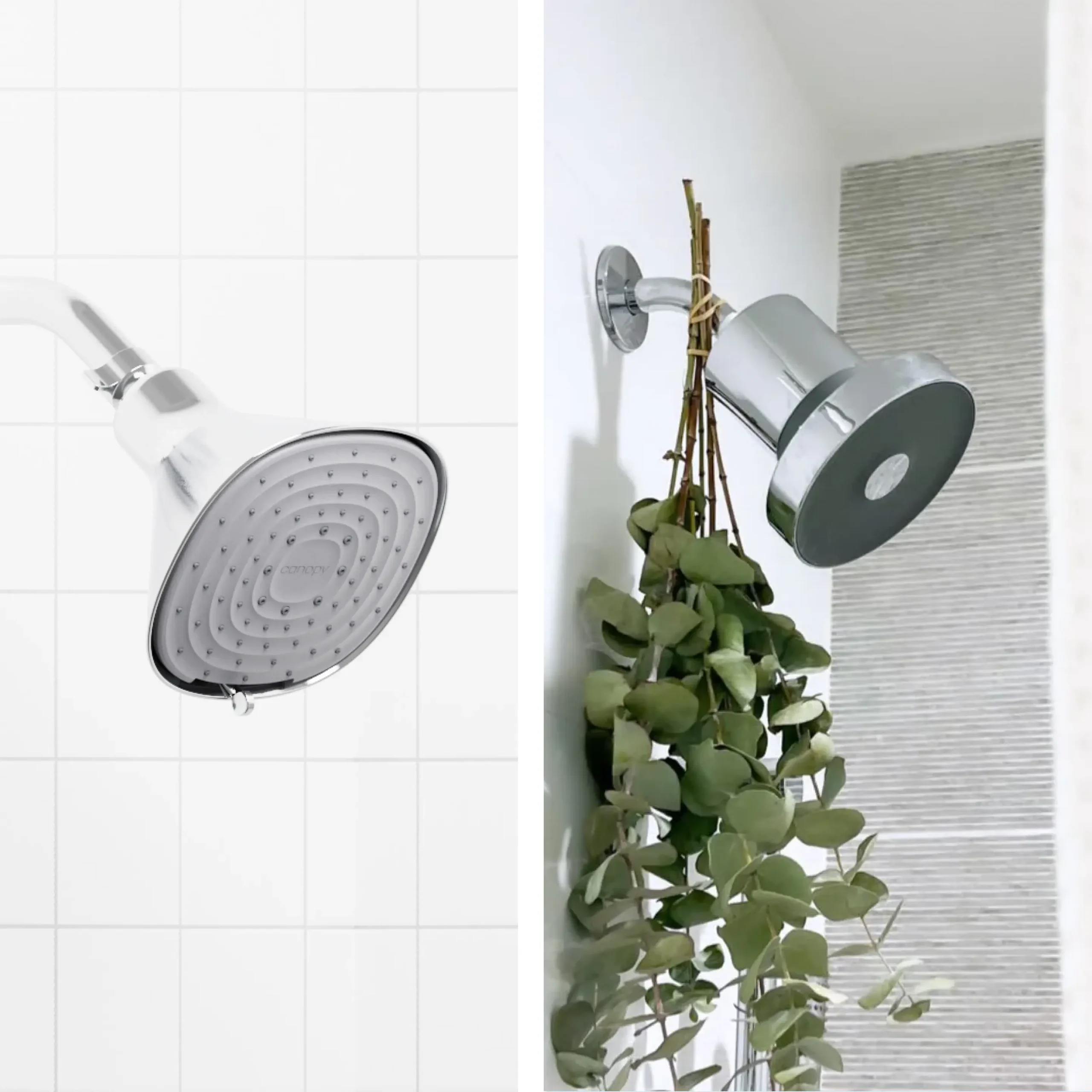


35 Responses
I have had a Lomi since they first came out. I have been mostly satisfied until a few months ago. The bucket has started to corrode and liquid leaks into the heat part under the bucket.
I recently saw the Reencle and was intrigued. Your article helped me make a decision. I am probably going to get a Reencle soon. I am not a gardener, but I have been composting for years in an outdoor container until I got the Lomi.. I would like to dismantle the container and empty it, so I can use the space for something else.
I give the compost to my niece for her garden.
THANKS for the article.
Very informative
That happened to me; house sitters let stuff sit for months. If you subscribe to their supply of charcoal and ‘pills’ they will replace yours.
Loki might fix it for you if you reach out!
Why do you not include energy costs on Best Composter?
good question
Yes, need this information
Energy consumption for each would be nice.
I’m trying to decide what type of compost is best for me
I agree, I’ve been learning about these recently and this article was clear and easy to understand. I appreciate it and it helped me make my decision. My grandmother always had a compost pot when I was a kid and it was always the richest nicest soil. I imagine, after reading this article, that the Reencle will produce the closest to that.
I love mine!
Good liked
Vitamix was an unpleasant experience for me, the grinding mechanism got stuck because of the dried food that wasn’t ground properly. I ended up throwing it away. I wish I could feel confident to buy another one as it was very nice to save the scraps.
I’ve been using the FoodCycler for several years and with it just being 2 people the size and what it does has been very satisfactory. Never a smell haven’t had to change the filters in a very long time. Perfect compost for my small garden. However, I do still throw a decent amount of stuff out as it doesn’t break down various things like the hard tops of the bananas and definitely isn’t equipped for bones. I may be looking into replacing with the Reencle sometime in the near future. Thank you for the very helpful information.
Thank you for your review. You brought up great points that I did not think of. I have a FoodCycler that I have been happy with, but I want to compost more things than I can with it. I was thinking of the Mill but after reading your review, I am now leaning towards the Reencle. Thanks again!
Hello! We’re thrilled our review has helped you towards making a decision. And remember, we regularly share helpful content like this, so be sure to stay tuned for more reviews and recommendations. Thanks for your support!
Like others, I need to know the energy consumption on these different machines.
One of the things that draws me to Mill is their pick-up service. I live in a small apartment and have no use for the compost. You can use their return service to send it to them for distribution. Is there a way to do that with any of the others?
Hello, thank you for your comment. Yes, Lomi and Mill have return services for their composters. Vitamix and Reencle do not. However, Reencle indicates on it’s website that if you don’t have a garden for the compost there may be a neighbor or community garden that you can donate it to. It’s also good in the landscape for tree beds, gardens and lawns if you have access to those.
I’m on my second Lomi; have no idea why because I really don’t like it. I’m just waiting for the second one to fail, so I can try something new.
I owned a lumi, unfortunately it was broken very quickly. later I choose reencle, but I realize i need a bigger one. Did you test GEME Composter as well? The mill looks big but the volume is actually quite small. I am struggling.
so… do you run the old stuff in there along with the new stuff or do you need to empty it every day and re run it every day? in one day i don’t have enough for a 12 hour run but in two or three days definitely. can i keep un done food in there 3 days before i run it?
Would love to know the answer to this question!
I wish I’d had this info before we bought the Loki. Our main Lomi objections are two: 1.). The pervasive, fruity smell while Lomi digests her food; and 2.). Our dog’s absolute OBSESSION with even the teeniest fraction of Lomi dirt mixed in with potting soil, or garden soil (1 part/twenty or thirty). All three of our dogs will demolish any planter, dig up trees or vines, and destroy young plantings to find the slightest trace of Lomi compost!
I don’t like the smell that is produced when my Lomi is in operation. Is there the same issue with the Reencle?
Hi Melody, Reencle is odor-free composting!
Order-free? Or did you really mean odor-free?!
Yes, thank you Kathleen!
Mill has significantly increased their price. It is currently $999 plus an additional $9.99/month for pick up if you have no use for the grounds.
I’m trying to decide if I should buy a composter, I’m leaning for the Reencle because of the true compost it makes, but I have 3 dogs and I’m afraid they will be trying to eat the compost once I put it on my garden. Will this be an issue?
We love our Reencle. Clean, easy , and fast. I’m setting up an older smaller shop vac dedicated to removing compost. Can’t see efficiency of using scoop. Messy as well.
I have a question: I live in NYC where composting is soon to become mandatory. I have been composting on my own ever since they started offering once a week pick ups but the problem is, it gets really stinky after about 2 days so I’m looking into purchasing a home composter to help me make it through the week. In other words, I’m not looking for true compost, just a way to “hold” mine until the weekly city pick up. In NYC, it’s ok to put dairy & meat into the compost….is this true for any of these machines? That would definitely be a factor for me in deciding which one to purchase.
Thank you!
I found your article most interesting. I have been entertaining the thought of getting a composter for the past year. I do not have many food scraps because I’m by myself, but I still feel the need to contribute environmentally exploring the meal with my first experience reading about a composter, and then I saw the Reencle and wanted to know more your article has satisfied me on my decision to purchase a Reencle. to me reading both things I was led to believe that that was the best of the four that I have explored. Thank you so much for writing this article. It was most informative.
Love the article. I hope you could change my meal to MILL on my previous comment. I just forget that voice text does not translate the same especially if you’re southern. Thank you so much anyway also I have an outpost business with the national Heritage Association in the state of Mississippi, which is a short term rental, and this will be my part to do at home. Love the article. I may even consider one for my short term rental in the future, although I’m not sure people will know what to do with it.
Although these units serve a purpose and reduce food waste going to the landfill. None of them food make a finished compost product. Therefore they should not be call kitchen composters! Compost – is the product manufactured through the controlled aerobic, biological decomposition of biodegradable materials. The product has undergone mesophilic and thermophilic temperatures, which significantly reduces the viability of pathogens and weed seeds (in accordance with EPA 40 CFR 503 standards) and stabilizes the carbon such that it is beneficial to plant growth. Compost is typically used as a soil amendment, but may also contribute plant nutrients. (American Association of Plant & Food Control Officials definition, official 2018) Finished compost is typically screened to reduce its particle size, to improve soil incorporation.
Frank, you really sound like you know what you are talking about. I know a little organic chemistry – just enough to be “dangerous” actually 😉 – and I love to garden so I have a question for you. There is a lot of buzz among organic gardeners to use a product called mycorrhizae. There are several brands out there but I swear by Big Foot Mycorrhizae. My local garden supply store recommends using this product as an additive in composting; it’s supposed to be a booster to the breakdown of the food and an efficient way to get a better end product. I can get this for (I think) a better price than what Reencle charges for their required bacteria mixture. They don’t even tell you what is the contents of this required mixture, so I can’t make a straight comparison to mycorrhizae. But assuming that Big Foot Mycorrhizae works… Could I use it instead? Of course I will talk to Reencle, as well, so I don’t void any warranty agreements, etc., but I don’t see how they can force me if I can get a better product for a cheaper price, (assuming it IS better). And I am not worried about weed seeds in my food nor do I think that there would be significant pathogens in the end product if I run the system immediately after adding the food waste. Or, am I wrong? One other thing you need to know about me, I live in an area with HEAVY clay soil. They actually make and sell a lot of clay pottery around here. So, I am desperate to add any kind of amendments to my soil; it doesn’t have to be perfect to be a great improvement for my garden. So, what do you think? I would invite comments from anyone with experience in this matter.